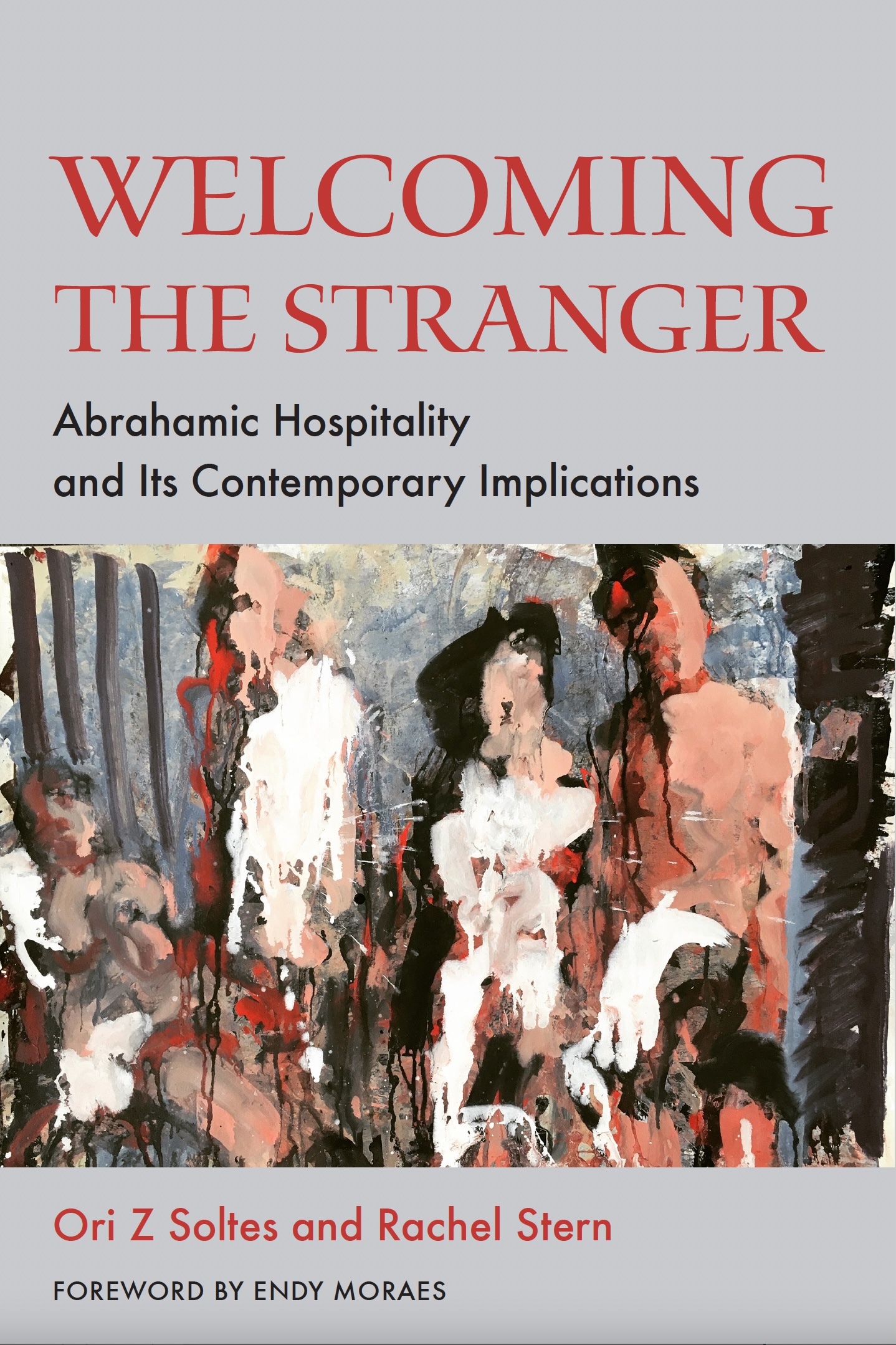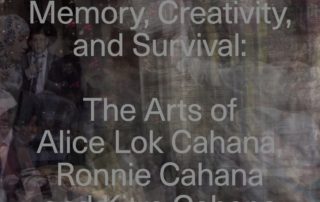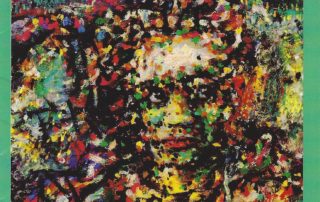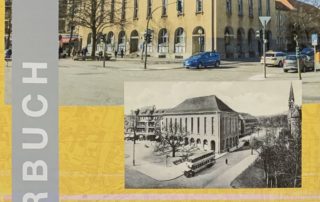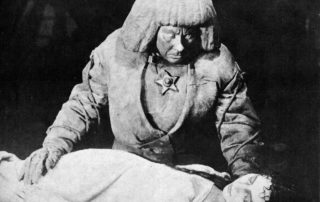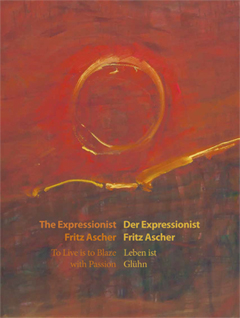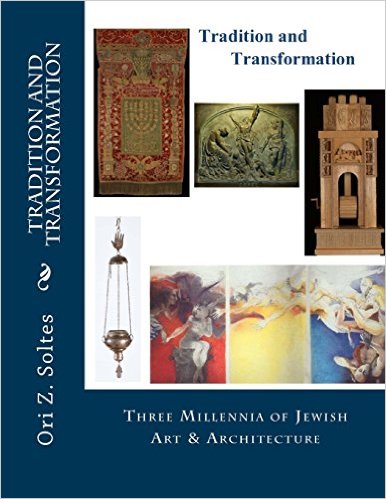2024 – Jutta Götzmann and Rachel Stern (Eds.)
Liebe und Verrat. Der Expressionist Fritz Ascher aus New Yorker Privatsammlungen
Der spätexpressionistische Künstler Fritz Ascher (1893–1970), von dem sich heute wichtige Werkbestände in New Yorker Privatsammlungen befinden, überlebte zwei Weltkriege und die Verfolgung durch die Nationalsozialisten. Gemeinsam mit der Fritz Ascher Society für verfolgte, verfemte und verbotene Kunst, New York, präsentiert das Augustinermuseum in Freiburg erstmals sein Frühwerk in einer konzentrierten Auswahl graphischer Arbeiten. Mythologische und literarische, historische und biblische Themen zeigen die Spannbreite von Aschers Interessen. Stets ist er ein genauer Beobachter seiner Zeit. Seit 1916 befasst er sich in intimen Zeichnungen mit den Themen Liebe und Verrat. Die Urkatastrophe des Ersten Weltkrieges und die revolutionären Unruhen in Berlin führen ihn zu christlich-spirituellen Inhalten, die er radikal neu interpretiert. Ascher kreiert mit seiner einzigartigen künstlerischen Stimme expressive Werke [...]



